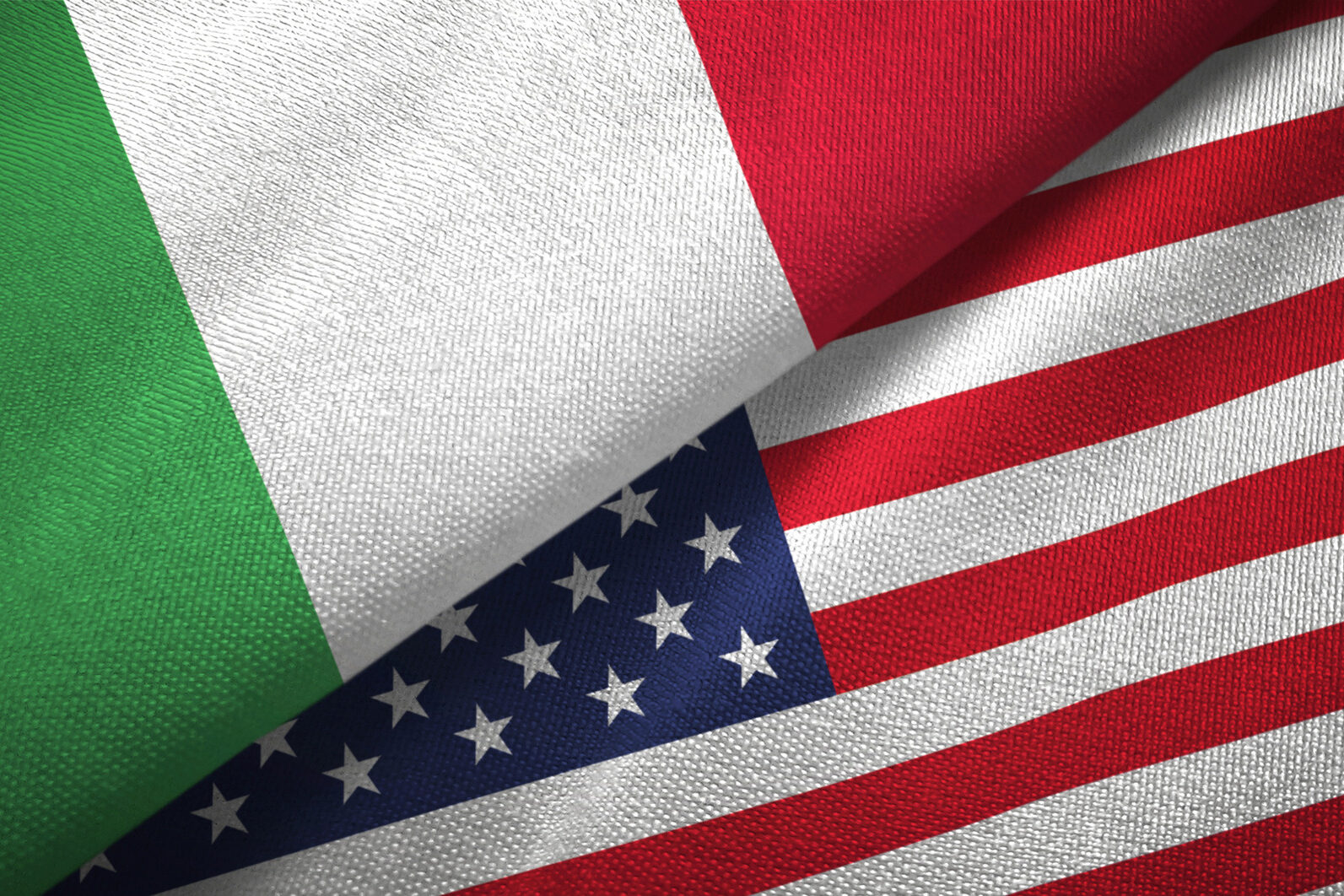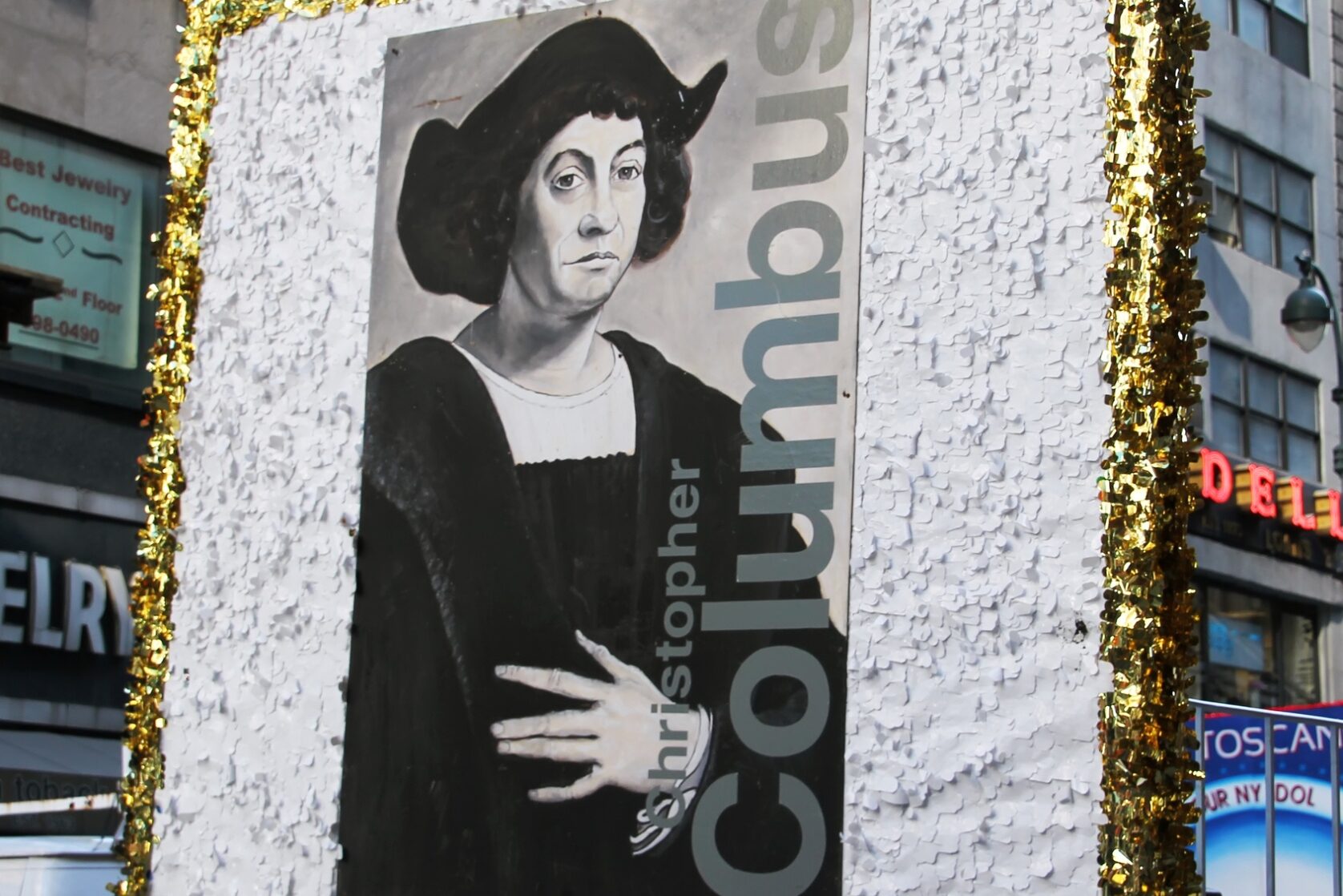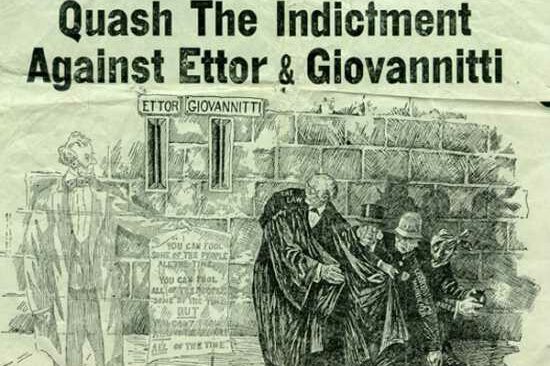Dear Readers,
June jottings with an Italian connection:
Benevento (meaning Good Winds), a city of some 65,000 “abitanti” always triggers memories of my father, Vincenzo, in his happy host role on Sunday afternoons offering “liquore” to his visiting “paesani”. And, since I could ready pretty well, I would note on the bottle label that the content of a couple of his favorite liqueurs had come all the way from across the Atlantic, from Benevento, Italy where it had been produced and bottled at the “Ditta Giuseppe Alberti”. I do not drink much “Strega”, but for nearly half a century I’ve always kept a bottle around, just for old times’ sake. Benevento, unlike Naples, looks thoroughly landlocked.
The city sits on a plateau between two rivers, the Calore and the Sabato, in the middle of a fertile plain with Apennine ranges, covered with snow in winter, all around. One mountain to the southwest, the 4,095-foot Taburno, has suggested the shape of a sleeping beauty (la bella addormentata). Benevento today depends to a large extent on the farms and orchards that surround it and on its food and light manufacturing industries. Torrone packaged in those little fancy square boxes or crunchy nougat sticks, and the yellow, anisette-flavored Strega liqueur are Benevento specialties, popular all over Italy. The liqueur’s distillers sponsor one of Italy’s major literary prizes, the Premio Strega, which is prestigious and provides good publicity. Strega means “witch”, a reminder that sorcery is a recurrent theme in old Benevento folktales.
***
Credit Thomas Jefferson, our third president (1801-1809), for introducing new Italian crops, cheeses and wine to the United States. In April 1787, after a brief stay in Paris, Jefferson had hurried on to the great seaport city of Marseilles, in order to study the port’s commerce. He went down to the docks, hunted up American merchant ships, interviewed Marseilles merchants and tried to find out how many American ships had called in four years of peace. From them he learned about the sources of an important trade in rice funneled through Marseilles to Paris. Two varieties of rice were being sold, small amounts of Carolina rice from the United States, preferred only for serving with milk and sugar, and Piedmont rice, from the high northern plains of Italy, preferred for almost all cooking with meats or oils because fewer grains had been broken.
As honorary vice president of the South Carolina Society for Promoting and Improving Agriculture, Jefferson wanted to report back to its rice-growing members. He learned that the Italians had developed a special machine for husking the rice without breaking it. He also studied the cultivation and species of dried raisin, which he was sure would succeed in South Carolina and spent whole days talking to gardeners. From them he learned about new varieties of figs, olives, capers, pistachio nuts and almonds. Jefferson arrived in Turin, the capital of the kingdom of Sardinia, which extended from Geneva, Switzerland, to the Mediterranean Sea and included Nice and Sicily, in April 1787. Passing up the opportunity to visit the resplendent palaces around Piazza San Carlo, he visited the museums of antiquities and vineyards in the countryside: From Turin he drove out into the rice country, quickly making two discoveries.
First, the rice region was not the Piedmont, it was farther east, in Lombardy. He struck out on excursions to Moncalieri, Stupinigi, Superga to study the rice fields, which lay on either side of the road. He also made an excursion to Lake Como. He then headed toward Milan, studying the great rice fields between Vercelli and Pavia, stopping to talk to peasants in the fields and interviewing owners. He drove on to Novara, where there were fields of rice all along the road. Permitted to see the husking machinery, he later sketched it from memory to illustrate a long memorandum describing rice processing. He made excursions to Rozzano, saw how Parmesan cheese was made, and studied their icehouse to learn how the cheese was stored all year in snow. He toured the dairies that produced the cheese. Here he learned how to make and store ice cream at Monticello.
He discovered mascarpone and an Italian Count showed him how it was made. Jefferson’s second important discovery in Italy was that is was not only the husking machine that accounted for the superiority of Piedmont rice. Piedmont was a different species. Despite the fact that taking any of the unhusked rice out of Italy to a place where it could be used to plant a crop in competition to the Piedmont was a crime punishable by death, Jefferson was determined to take some Piedmont rice seed to his rice grower friend in South Carolina.
Young Jefferson, not yet president of the United States, knew that it was illegal and that the exportation of rice in the husk was prohibited. Bribing a man enough to make the risk worth his while, he took measures with a muleteer to run a couple of sacks across the Apennines to Genoa, where he could take it by boat to Nice. In case the muleteer was caught, Jefferson decided to “bring off as much as his coat pockets would hold”. Weeks later, he shipped the contraband rice off to South Carolina. His pockets stretched as he carried out daring agricultural espionage, Jefferson hurried on as fast as his carriage would take him over the mountain roads of the Appenines to Milan, where he made many sketches of architectural gems that caught his fancy.





























